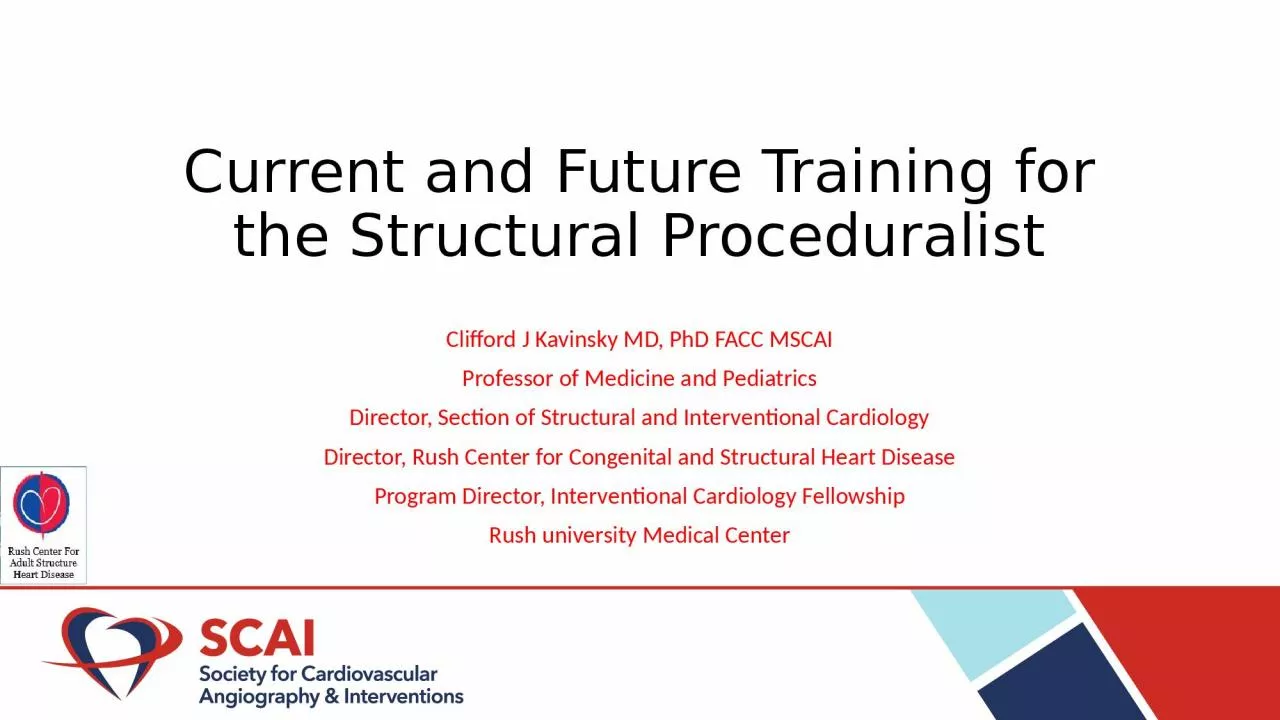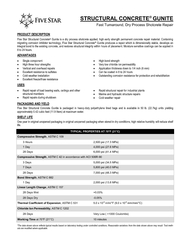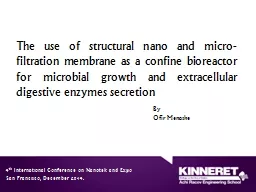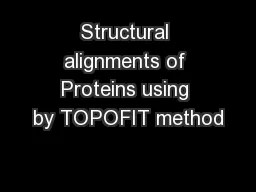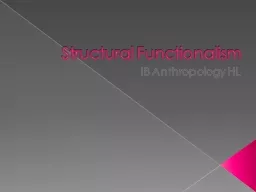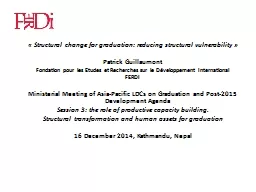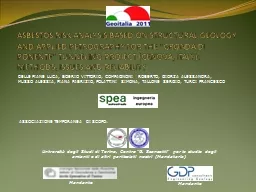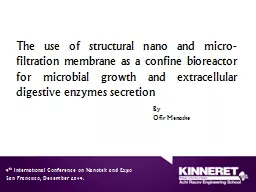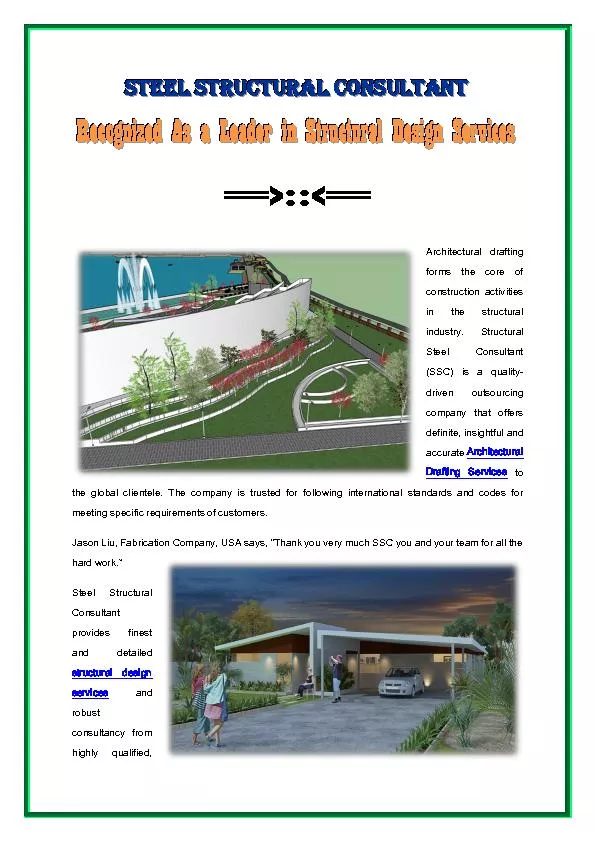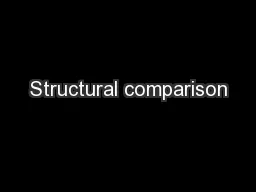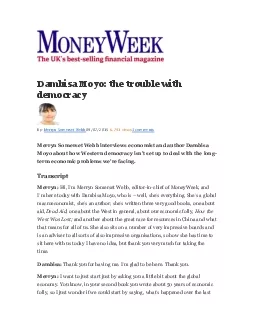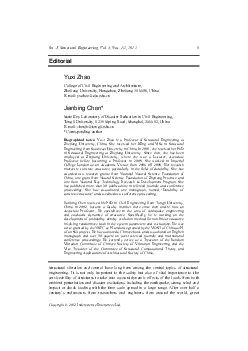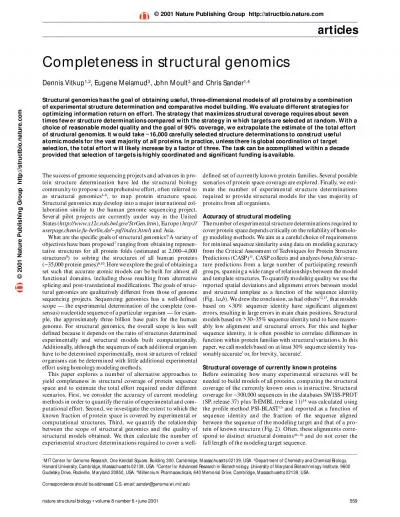PPT-Current and Future Training for the Structural Proceduralist
Author : murphy | Published Date : 2024-02-02
Clifford J Kavinsky MD PhD FACC MSCAI Professor of Medicine and Pediatrics Director Section of Structural and Interventional Cardiology Director Rush Center for
Presentation Embed Code
Download Presentation
Download Presentation The PPT/PDF document "Current and Future Training for the Stru..." is the property of its rightful owner. Permission is granted to download and print the materials on this website for personal, non-commercial use only, and to display it on your personal computer provided you do not modify the materials and that you retain all copyright notices contained in the materials. By downloading content from our website, you accept the terms of this agreement.
Current and Future Training for the Structural Proceduralist: Transcript
Download Rules Of Document
"Current and Future Training for the Structural Proceduralist"The content belongs to its owner. You may download and print it for personal use, without modification, and keep all copyright notices. By downloading, you agree to these terms.
Related Documents

